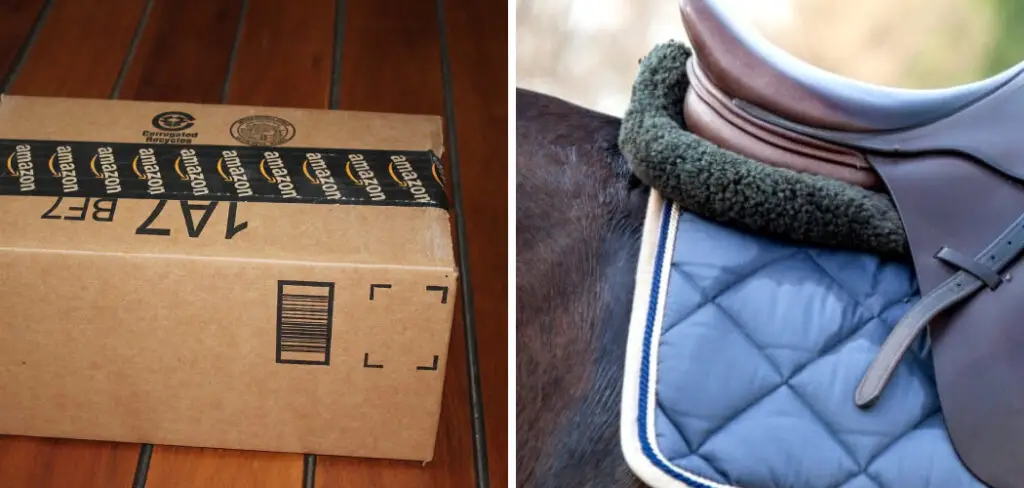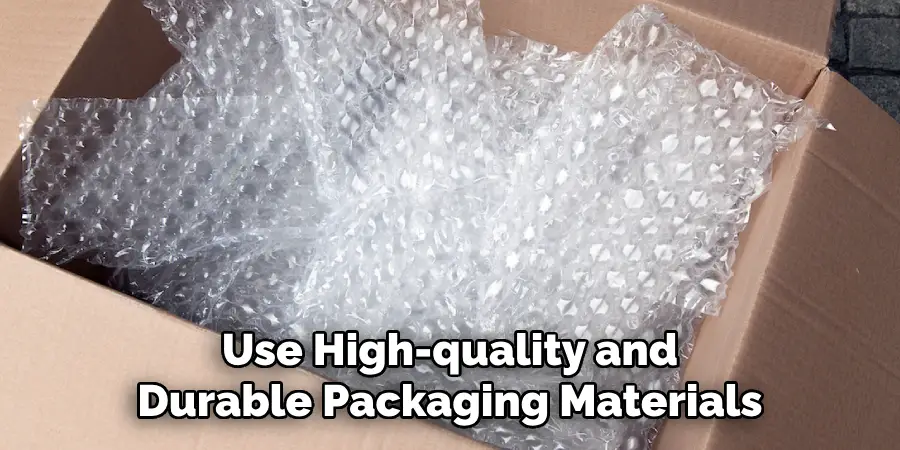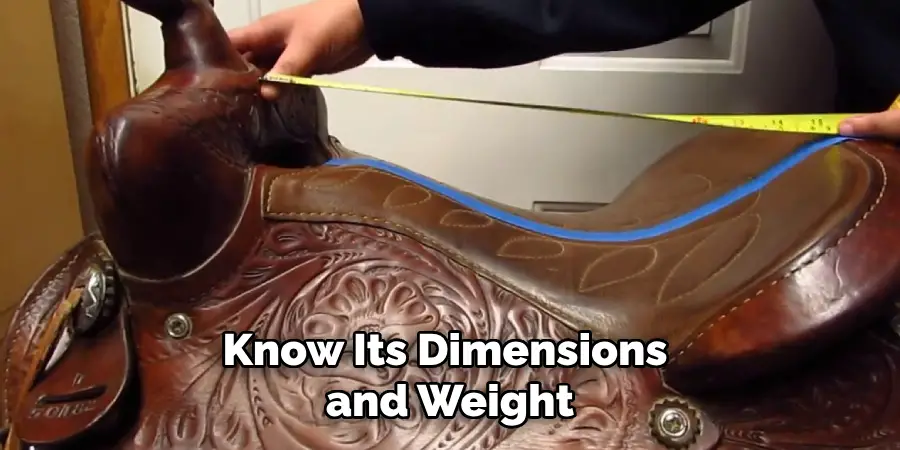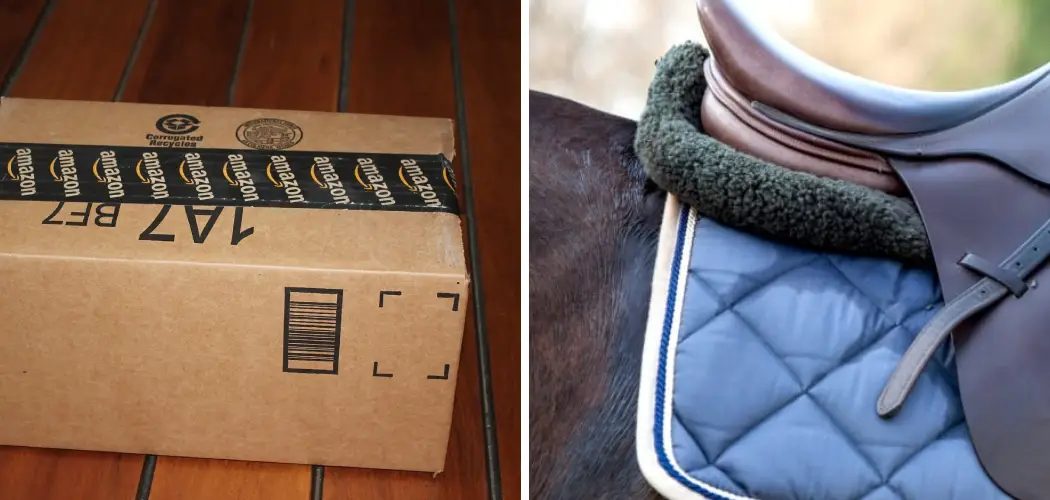Shipping a saddle, whether for sale, repair, or personal use, requires careful consideration and proper packaging to ensure it arrives at its destination in optimal condition. Saddles are not only valuable investments but are also crucial for the comfort of both riders and horses. In this guide, we will explore the essential steps and tips on how to ship a saddle securely.

From selecting the right packaging materials and disassembling specific components to choosing a reliable shipping carrier, understanding the intricacies of saddle shipment is vital for preserving its integrity during transit. Whether you’re a rider sending a saddle for maintenance, a seller dispatching a product, or a buyer eagerly awaiting a new acquisition, following the proper procedures for shipping a saddle is key to a successful and worry-free transport experience.
Importance of Proper Packing and Shipping for a Saddle
Transporting a saddle may seem like a simple task, but it requires careful consideration and attention to detail. Proper packing and shipping of a saddle is crucial in order to ensure its safe arrival at its destination. This not only protects the investment made in the saddle, but also ensures that it can be used for many years to come.
Packaging Materials
When it comes to packing a saddle for shipment, it is important to use high-quality and durable packaging materials. This includes using sturdy cardboard boxes that are the appropriate size for the saddle, as well as bubble wrap and/or packing paper to protect the saddle from any potential damage during transit. It is also recommended to use additional padding such as foam or air cushions to provide extra protection.

Proper Placement and Securing
Proper placement of the saddle in the box is key in preventing any shifting or movement that can lead to damage. The saddle should be securely placed in the center of the box, with enough padding and support to prevent it from moving around. It is also important to secure any loose parts such as stirrups or girths.
Choosing a Reliable Shipping Company
Selecting a reputable shipping company is vital when it comes to ensuring the safe delivery of your saddle. Look for companies that specialize in shipping fragile or valuable items, and make sure to properly insure the package for its full value. It is also a good idea to track your shipment and request for a signature upon delivery to ensure that it reaches its intended destination.
10 Methods How to Ship a Saddle
1. Prepare the Saddle for Shipping
Before shipping a saddle, it is important to make sure that it is properly prepared. This includes cleaning the saddle and making sure that all of the hardware and stitching are in good condition. It is also important to ensure that the saddle is wrapped securely with bubble wrap or foam padding to protect it during transit.
2. Choose an Appropriate Box
The next step in shipping a saddle is to choose an appropriate box for the shipment. It is important to select a box that is large enough to accommodate the size of the saddle, as well as any additional padding or cushioning materials used for protection. The box should also be strong enough to withstand any bumps or shocks during transit without damaging its contents.

3. Select an Appropriate Shipping Method
When shipping a saddle, it is important to select an appropriate shipping method based on factors such as cost, speed, and safety. For example, if time is not an issue, then ground shipping may be the most cost-effective option; however, if speed and safety are more important than cost, then air freight may be the best choice.
4. Use Insured Delivery Services
It is also recommended to use insured delivery services when shipping a saddle in order to ensure that any damages incurred during transit will be covered by the delivery company’s insurance policy. This can help provide peace of mind in case something does happen during transit and can save money in the long run if repairs are needed due to damage incurred during shipment.
5. Fill Out Necessary Documentation
Another important step when shipping a saddle is completing any necessary documentation required by customs or other government agencies for international shipments or shipments crossing state lines within the United States. This includes filling out customs forms and providing information about what type of item is being shipped and where it was purchased from originally.
6. Print Labels & Attach Them Securely
Once all necessary documentation has been completed, labels should be printed out and attached securely to both sides of the box containing the saddle using packing tape or another strong adhesive material such as duct tape or hot glue gun adhesive strips. This will help ensure that all labels remain attached throughout transit and make it easier for postal workers or delivery personnel to identify where packages need to go quickly and accurately upon arrival at their destination point(s).

7. Track Your Package
In addition to attaching labels securely, it can also be helpful to track your package throughout its journey from point A (the sender’s address) until it reaches its final destination at point B (the recipient’s address). By tracking your package online through services provided by most major courier companies (e.g., UPS), you can stay informed about where your package currently stands on its route so you know when you can expect it at its final destination point(s).
8. Choose Signature Confirmation Services
If you want added assurance that your package will reach its intended recipient safely, then you may want consider selecting signature confirmation services offered by many major courier companies (e.g., UPS). With these services, someone must sign off on receiving your package before they can take possession of it; this helps reduce instances of lost packages significantly since there will always be someone who knows exactly who received your package in case something goes wrong along its journey from sender’s address until recipient’s address(es).
9. Consider Additional Insurance Coverage
For extra peace of mind regarding potential damages incurred during transit, many major courier companies offer additional insurance coverage options that cover up to certain monetary amounts depending on how much coverage one selects. These types of insurance policies usually come with some sort of deductible amount which must be paid before coverage kicks in; however, they can often provide much-needed financial protection against potential losses from damaged goods due to unforeseen events during shipment (e.g.., weather delays/accidents/etc.).
10. Follow Up After Delivery
Finally, once your package has been delivered safely at its intended destination point(s), don’t forget to follow up with both the sender(s) and the recipient(s) afterward. Just confirm everything went according to plan with no hiccups along the way! This simple act of courtesy goes a long way in showing both parties involved care about each other’s satisfaction with the entire process—a small gesture but one that could potentially mean a world difference down the line if ever the need arises!
Things to Consider When Shipping a Saddle
When it comes to shipping a saddle, there are several important factors to consider. After all, your saddle is a valuable piece of equipment that needs to be handled with care during transportation. Whether you’re selling or buying a saddle online, moving it to a new location, or sending it for repairs, here are some things you should keep in mind when shipping a saddle.
Know the Dimensions and Weight of Your Saddle
Before you can start packing your saddle for shipping, it’s important to know its dimensions and weight. This information will be needed when choosing the right packaging materials and selecting a shipping method. Measure the length, width, and height of your saddle using a measuring tape or ruler, then calculate its weight by using a scale.

Make sure to include the weight of any additional accessories such as stirrups or saddle pads. This will help you accurately determine the cost of shipping and avoid any surprises later on.
Choose the Right Packaging Materials
When it comes to shipping a saddle, choosing the right packaging materials is crucial to ensure its safe arrival. A box that is too big may cause the saddle to shift during shipping, while a box that is too small may not provide enough protection. Choose a sturdy cardboard box that is slightly larger than your saddle and can accommodate additional padding materials. Bubble wrap, packing peanuts, and foam sheets are all good options for protecting your saddle from any potential damage during transportation.
Conclusion
Overall, shipping a saddle can be an intimidating endeavor if you’re not familiar with the steps required. However, understanding how to properly package and measure your items is key in ensuring a secure delivery. When you know the right way to do it, you can be sure that your valuable item will arrive safely and reliably.
With these tips in mind, you should be set up to transport your saddle safely and easily. For anyone unsure of how to ship a saddle, no need to worry any longer – we hope our guide has provided the information necessary for a successful shipping experience. Good luck with shipping your saddle – we hope it reaches its destination in perfect condition!

